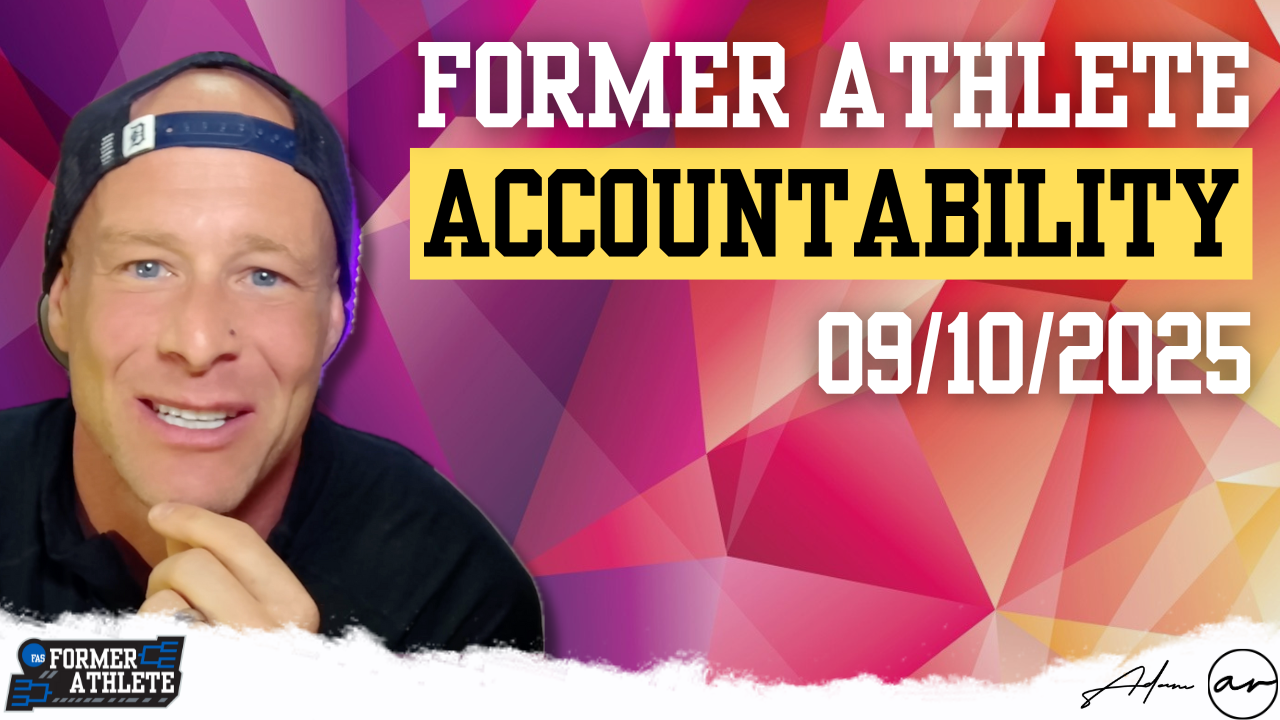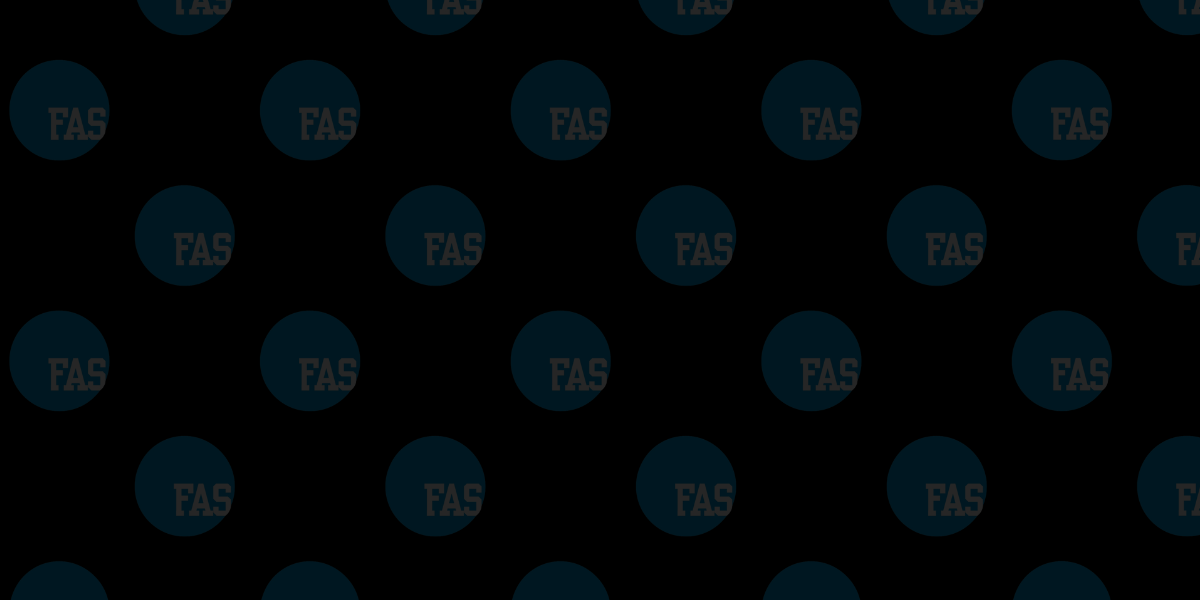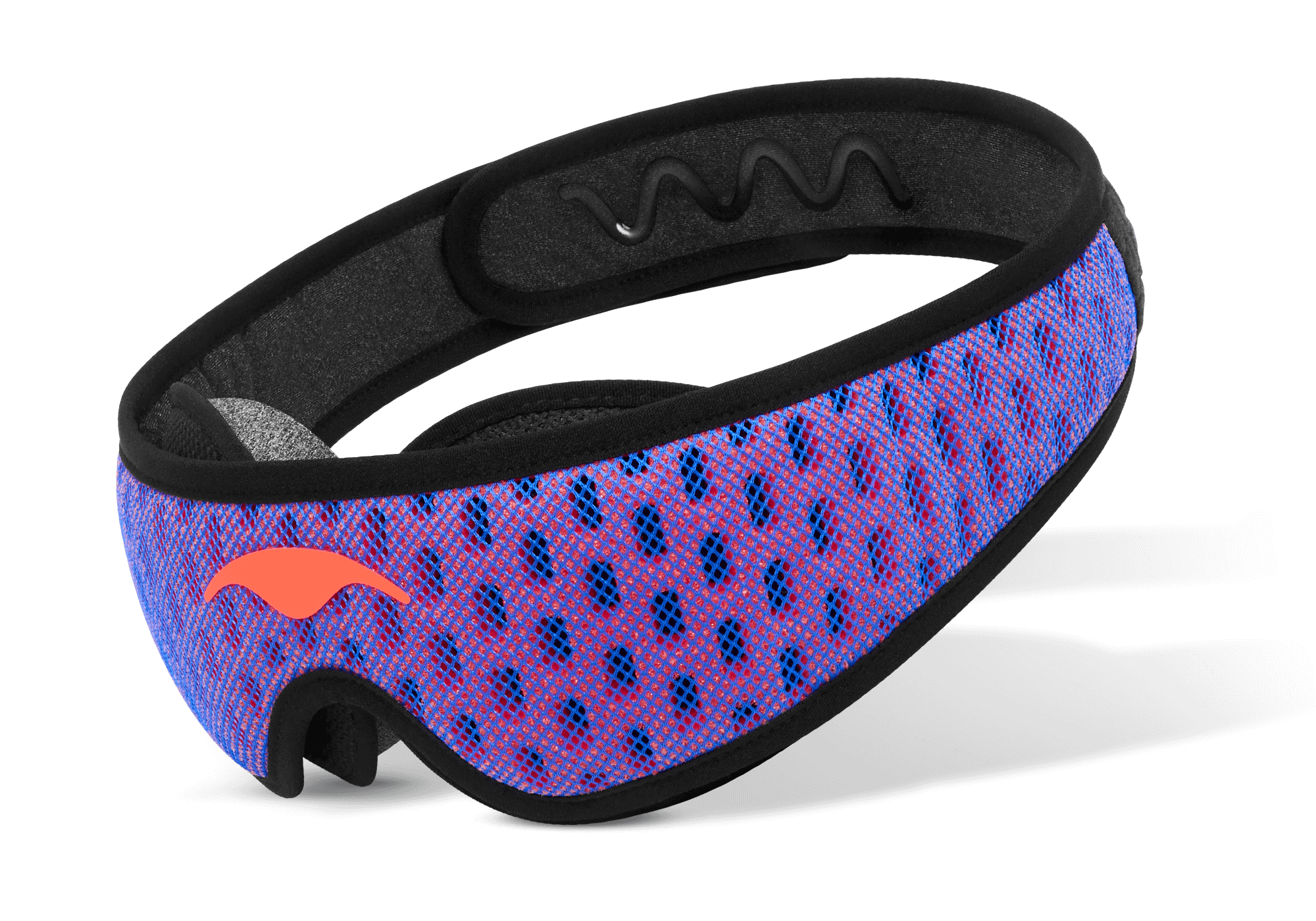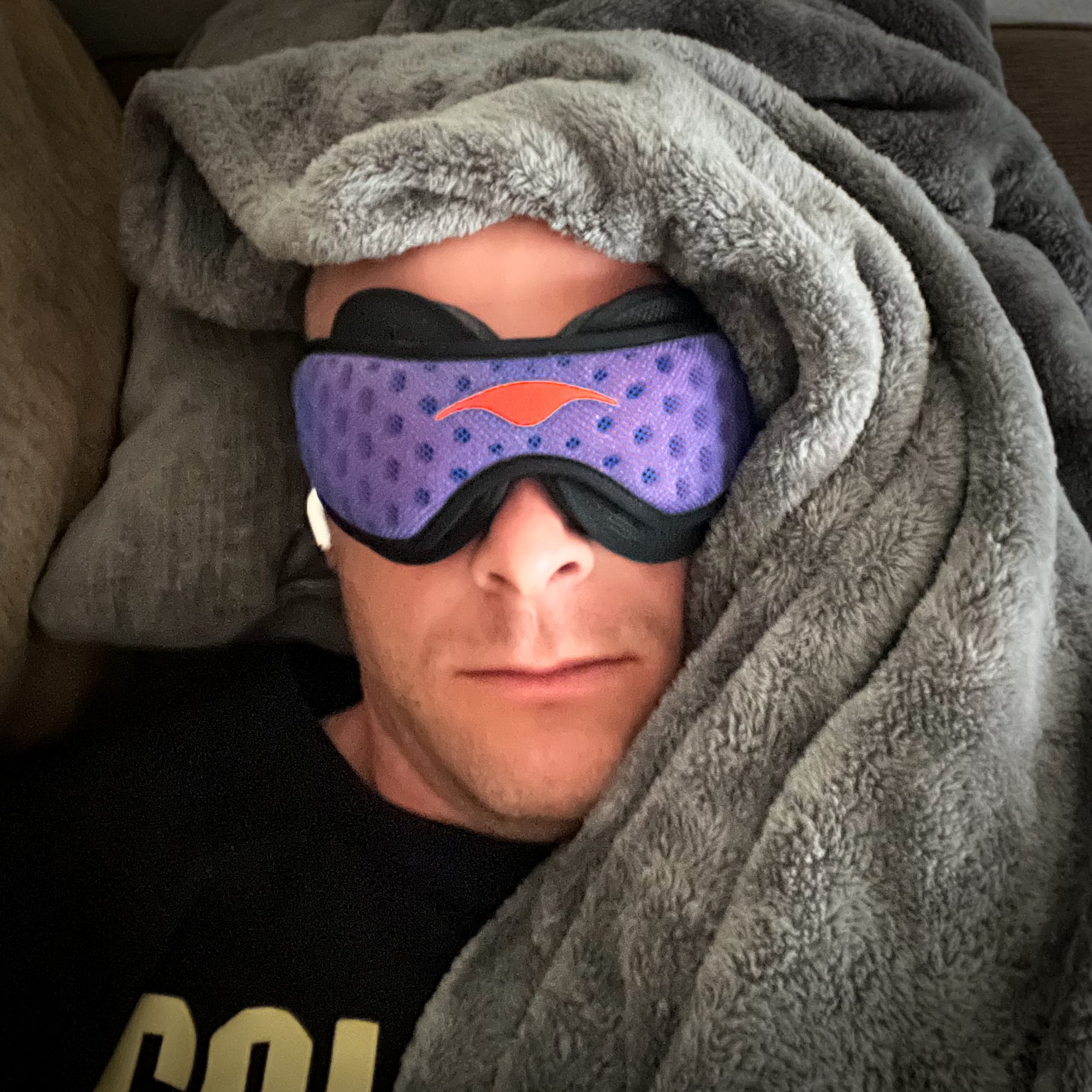Former Athlete Society Accountability Call: Building Tools, Habits, and Mindsets That Last
This Former Athlete Society Accountability Call covers five key areas: having the right tools for nutrition, choosing change when you’re tired of your situation, turning mundane tasks productive, improving sleep with simple tactics, and learning to push training to true failure.

If you’ve been around me long enough, you know I love these Accountability Calls with the Former Athlete Society. They’re not about chasing perfection, they’re about building sustainable habits, practical tools, and the kind of mindset that keeps us consistent long after our college eligibility has run out. We’ve all been there—the structure of practices, weight rooms, and film sessions is gone, and now it’s just you and your calendar.
That transition is tough, and that’s why we hold these calls: to get real, share strategies, and hold one another to a standard we know we’re capable of.
In this week’s session, I centered the conversation on five big areas: having the right tools to support your nutrition, the motivation to change your circumstances when you’re tired of them, a productivity strategy to turn boring or mundane moments into useful ones, a tactical sleep strategy that I actually use every day, and a technical training tip that most lifters ignore but can completely change your results in the gym.
Let’s walk through each one in detail.

What You’ll Learn in This Call
🍽️ The Right Tools Matter More Than You Think
One of the biggest lessons I’ve learned over the years is that consistency is rarely about willpower—it’s about environment and tools. You can have all the discipline in the world, but if your kitchen is a disaster and you don’t have the right gear, you’re going to struggle. That’s why I always come back to something as simple as high-duty plastic meal prep containers. I’ve been a fan of the Rubbermaid Brilliance 2-compartment containers for years, and I just added ten more to my Amazon cart.

Here’s the thing: small tools like this make the barrier to action lower. When I prep my meals, I know my protein goes on one side and my carbs on the other. Simple, clean, no fuss. It sounds trivial, but these little containers are a system. They keep me consistent. And for former athletes, that’s huge. You’re used to the structure of a training table or a locker room fridge stocked for you. Now it’s on you to create that system in your own home. Having the right tools in place is like giving yourself the assist—you still have to finish the layup, but you’ve set yourself up to score.
🦸 No One Is Coming to Save You
This one might sting a little. I posted something recently: “The only person coming to save you is the version of yourself that’s tired of your current situation.” And I believe that to my core. Nobody’s riding in on a white horse to clean up your diet, fix your training program, or drag you out of bed. It’s you versus you.
And let me be clear: that’s not meant to feel depressing, it’s empowering. Because the second you realize it’s all on you, you get your power back. If you’re unhappy with your fitness, your nutrition, your career, even your relationships—whatever it is—you have to be the one to make the move. And usually, the change doesn’t start until you get tired enough of your current situation that it finally feels worse to stay the same than it does to change. Former athletes know this feeling. It’s like being down in a game—you don’t wait around for someone else to fix it, you rally, you find that other gear. The same principle applies here.
🗓️ Making Mundane Tasks Productive
Let’s be honest, most of life isn’t highlight reels or game-winning shots. It’s the in-between. Waiting for data to sync. Sitting on the bus. Taking a walk. Cooking dinner. Those moments are easy to zone out, but I’ve made it a mission to reclaim that time and make it productive.
For example, when I’m on a Zone-2 walk, I’ll throw on a podcast and record some notes for myself. When I’m on city transit, I’ll open Canva and start creating promo graphics. When I’m riding shotgun with my wife, I’ll schedule posts for social media. Even right now—it’s 4:40 AM as I’m writing this—I’m working on scripts and prepping content while most people are still asleep. That doesn’t mean you need to turn every single second into hustle time, but there’s a difference between rest and wasted time. When you can turn those mundane spaces into useful ones, you stack wins without burning more hours in your day. It’s the same idea as active recovery—you’re not going 100%, but you’re still moving the ball forward.
😴 Sleep Like It’s Your Job
This one is tactical, and I’ll admit—it might sound bougie. But I don’t care, because it works. I never sleep without an eyemask. And not just any eyemask, I’m talking about the Manta Sleep masks. I’ve got two—the regular version and the Bluetooth sound version. They’re soft, lightweight, and block out every ounce of light.

Why does this matter? Because ambient light is a killer for sleep quality. Former athletes are used to grinding through less-than-perfect environments—road trips, dorms, late-night practices. But when it comes to sleep, control what you can control. For me, traveling all the time, I never know what random light might bleed through a hotel curtain or what LED is going to stay lit in the room. With the mask on, it’s pitch black every single time. Sleep is the foundation.

You can train hard, eat right, and still feel like trash if you’re not sleeping deeply. Think of it like recovery between sets—if you don’t rest enough, you never perform at your best. Same goes for your nights.
💪🏼 Training to True Failure
Here’s a training tip that I think most people miss. Everyone’s obsessed with RPE or RIR—Rate of Perceived Exertion or Reps in Reserve. Those tools are fine, but they don’t mean anything if you don’t actually know what real failure feels like. Most people stop way too early.
That’s why I’ve been such a fan of High-Intensity Training methods like DC Training and Rest-Pause sets. They teach you where your true edge is. Until you’ve pushed a set of squats or presses until you literally can’t complete another rep, you don’t really know your ceiling. Once you’ve felt it, though, those RPE numbers start to mean something. It’s like in sports—you can’t really talk about playing through fatigue until you’ve been in overtime or double-overtime and had to keep competing.
The gym is no different. Learning to push yourself all the way to the wall, safely and with good form, builds not only muscle but mental toughness. And for former athletes, that’s the competitive edge you’re probably missing most.
📝 Wrapping It Up
So that was this week’s Former Athlete Society Accountability Call. Five big areas—tools, motivation, productivity, sleep, and training intensity—all connected by one theme: control what you can control and build systems that support your consistency.
Former athletes thrive in environments of structure, accountability, and competition. That doesn’t end when your playing days are over—it just shifts. Now, the challenge is building those systems for yourself. That’s what these calls are about. If you’re reading this and nodding your head, ask yourself: where can I take control this week? What tool can I add? What mindset shift do I need to make? What mundane moment can I reclaim? That’s where the wins are waiting.
👉 Want to catch the full accountability call? Scroll down and watch the video below. Then leave a comment with what topic hit home the most for you.
Watch the Full Accountability Call
This video is packed with tactical advice for former athletes who want to stay consistent with training, nutrition, and lifestyle habits long after their playing days.
Not Yet a Member? - JOIN NOW!